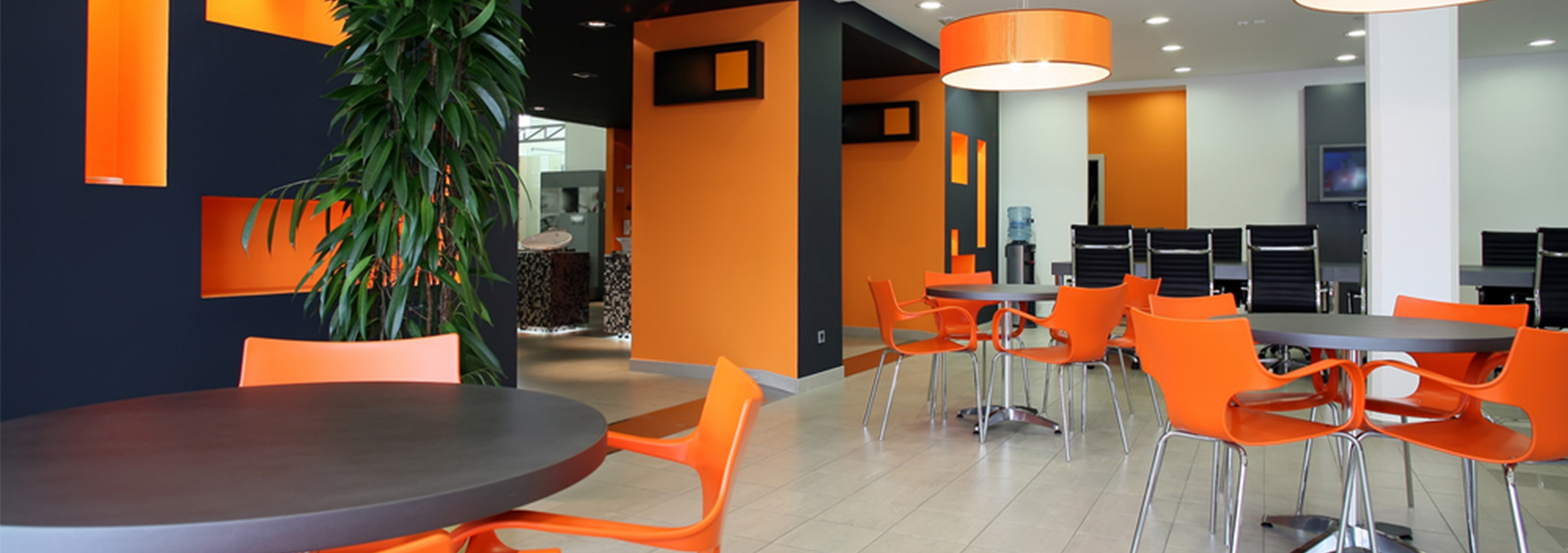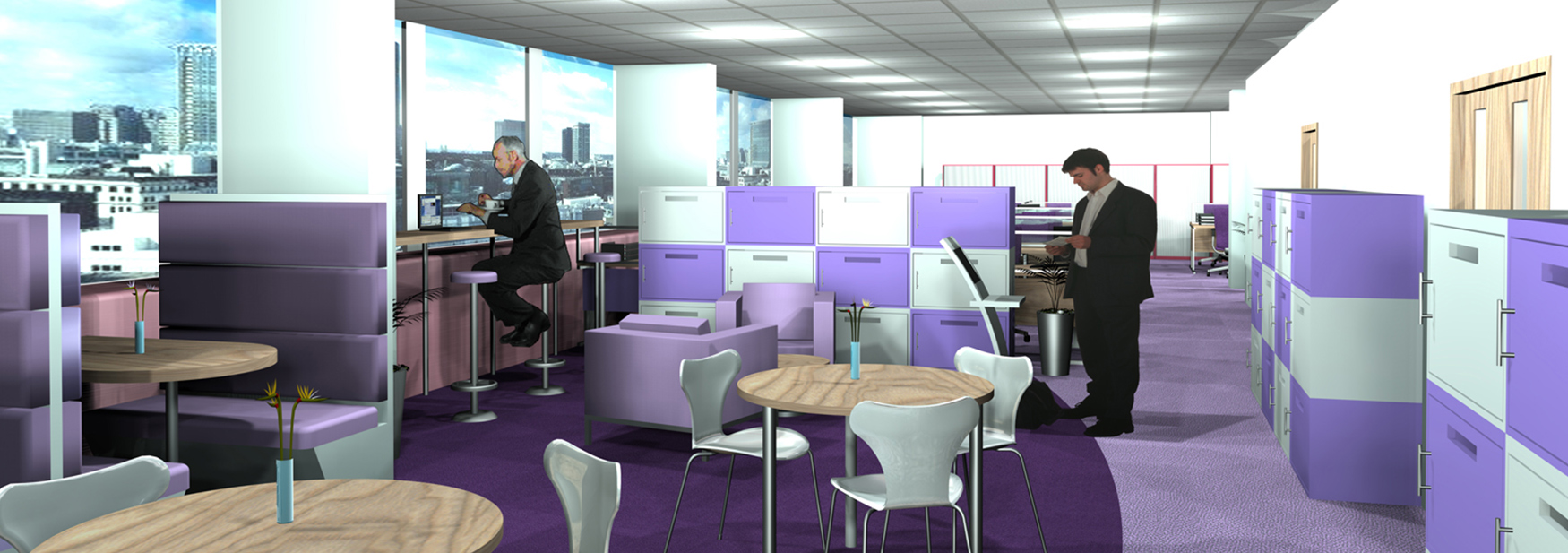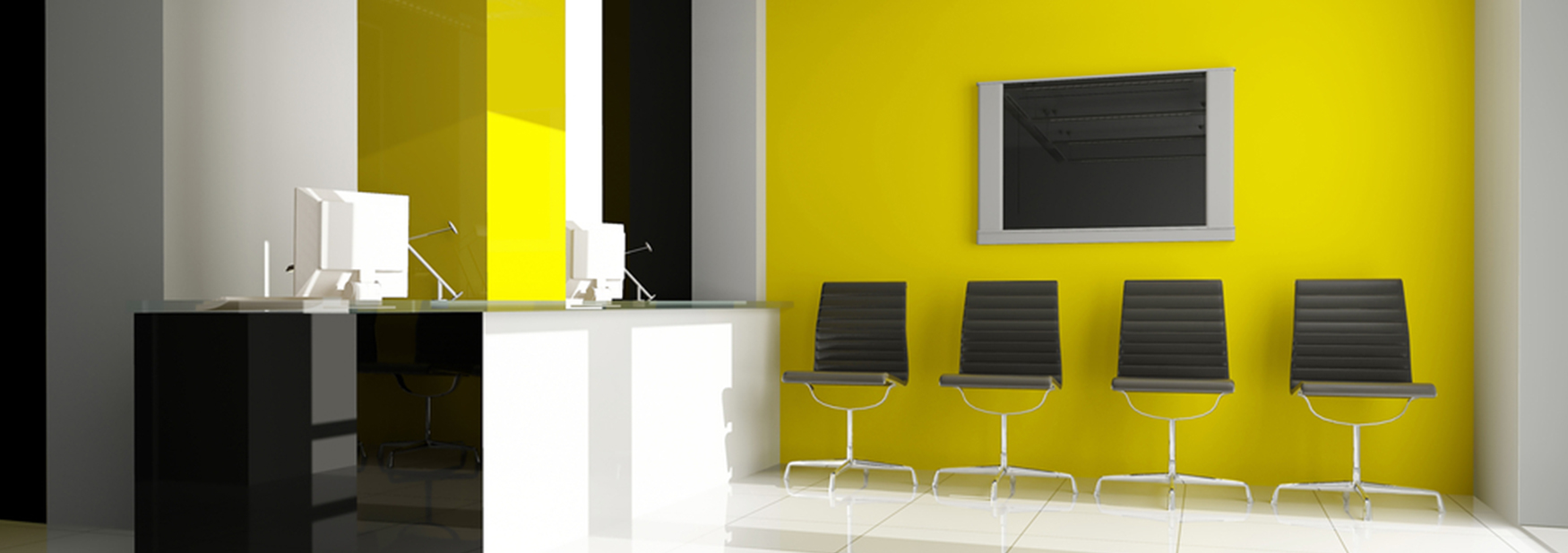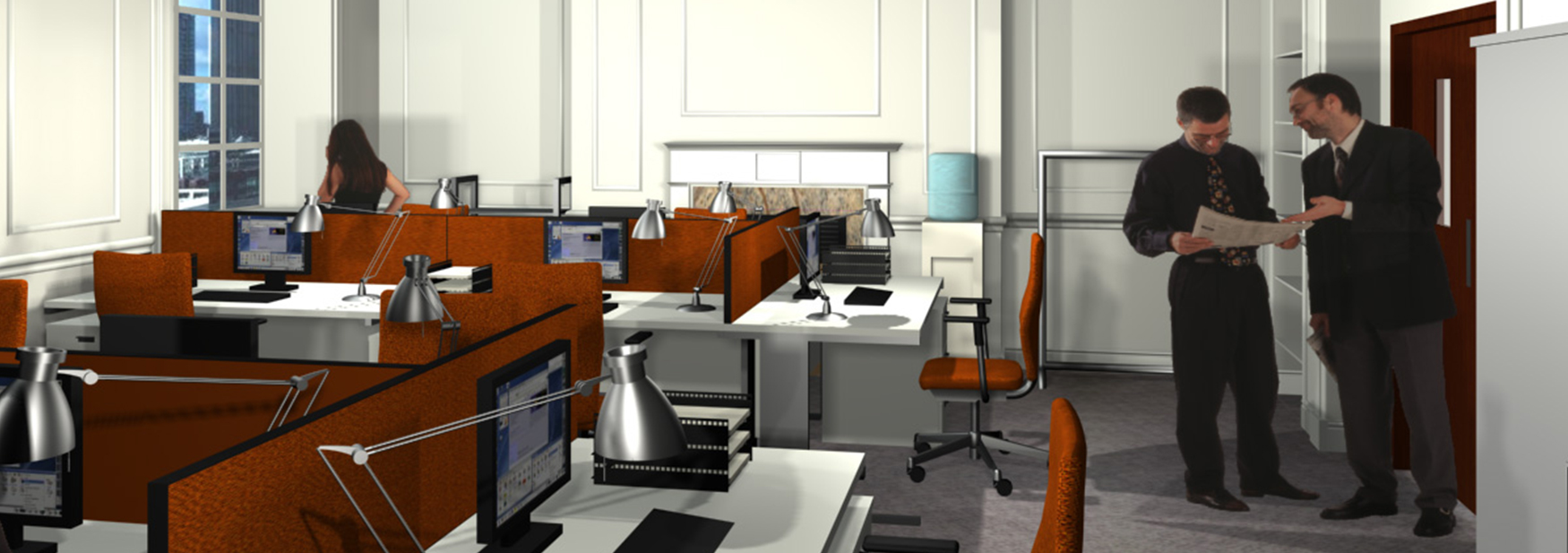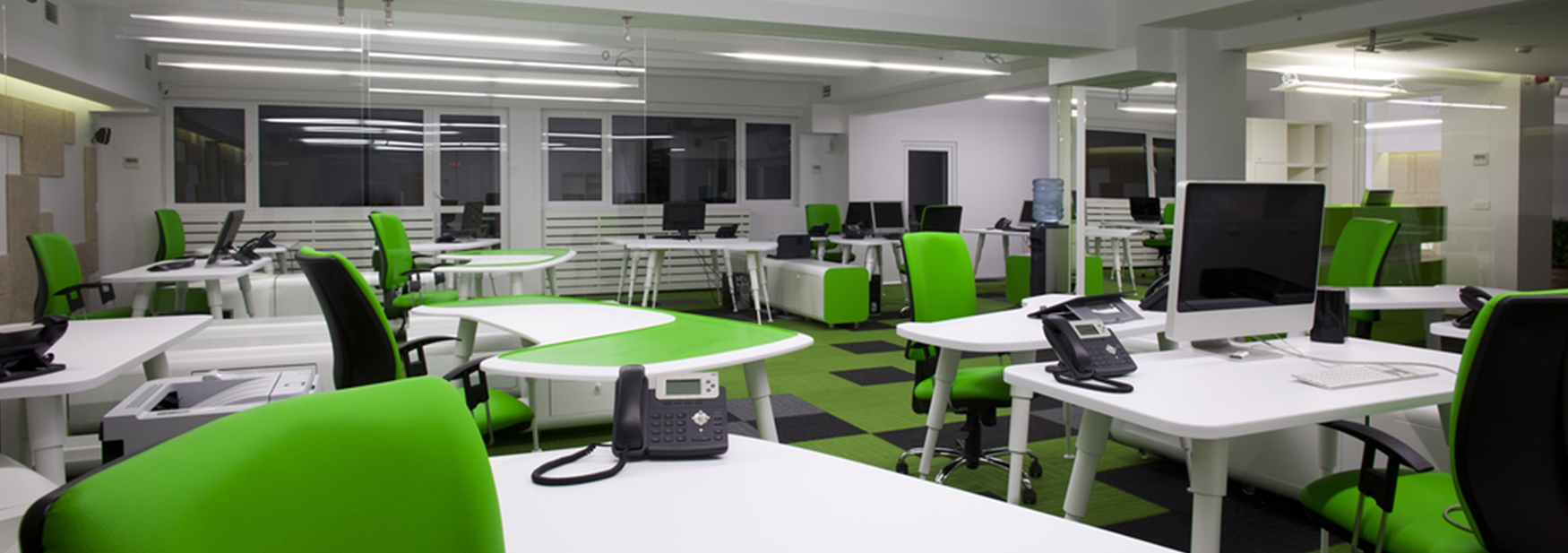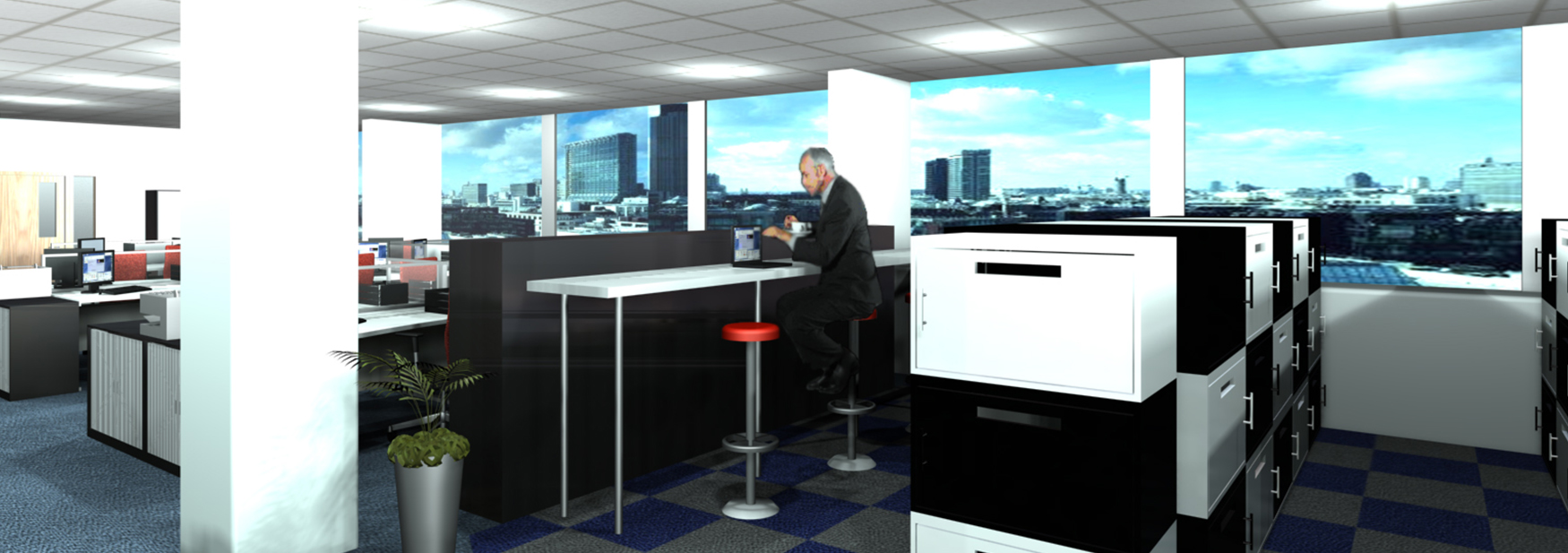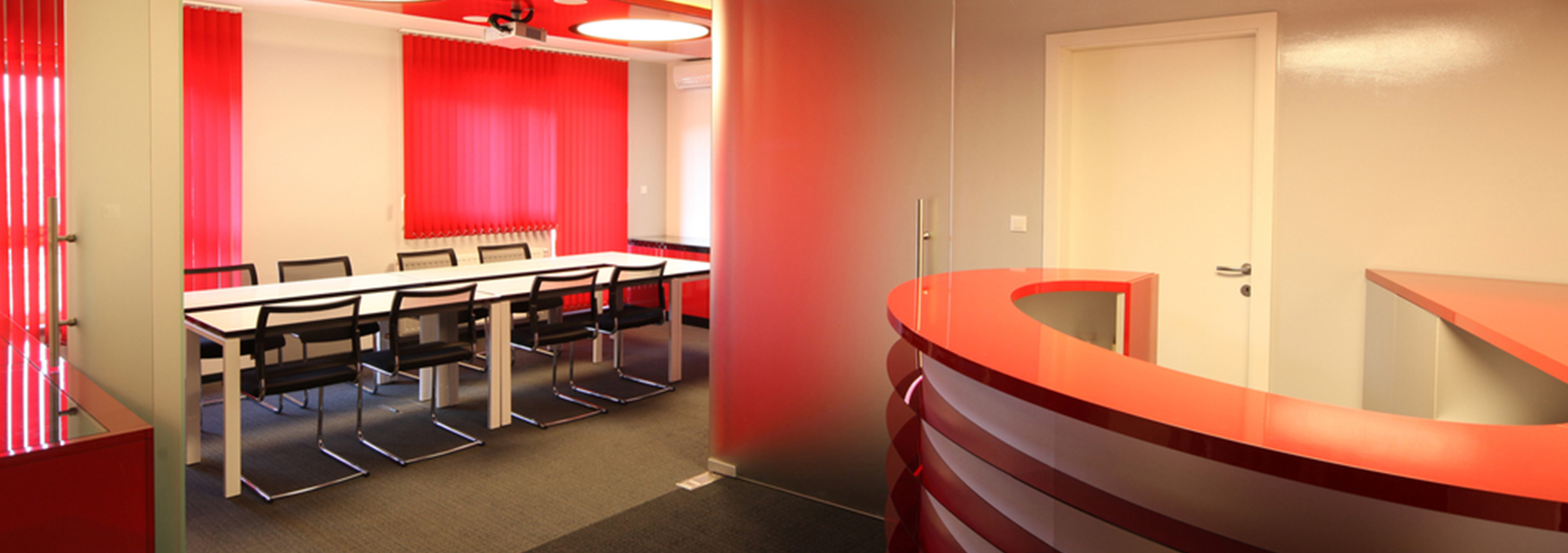As part of a natural human tendency, employees invariably relate and react to non-living objects at the office place in symbolic terms and connotations. Take a typical office chair as an example. It has a very important symbolic significance. It conveys the office hierarchy; it acts as a motivator, a status symbol, and a sign of how its occupant is valued.
Similarly, various aspects and elements of the office environment and design tend to influence the employees in different ways. Even colours can influence morale, attitude and outlook towards work. Imbalanced colours in the office can have a negative psychological effect on employees.
Desk and conference table shapes and styles also play a key role in our perceptions. There are three psychologies of a typical office table – round tables, square or rectangle tables and low or no tables.
• Square or rectangle desks and tables: Where the people sit on opposite sides, the ambience seems formal and confrontational.
• Round tables are more practical and comfortable, offering a sense of collaboration.
• The third psychology of office design is very informal. Sofa, club chairs and a low magazine table, or no table at all, provides a warm and relaxed atmosphere.
You may have thought that psychology plays little or no part in office design, but companies who specialise in this area understand the impact of office space planning.
 space planning uk
space planning uk 